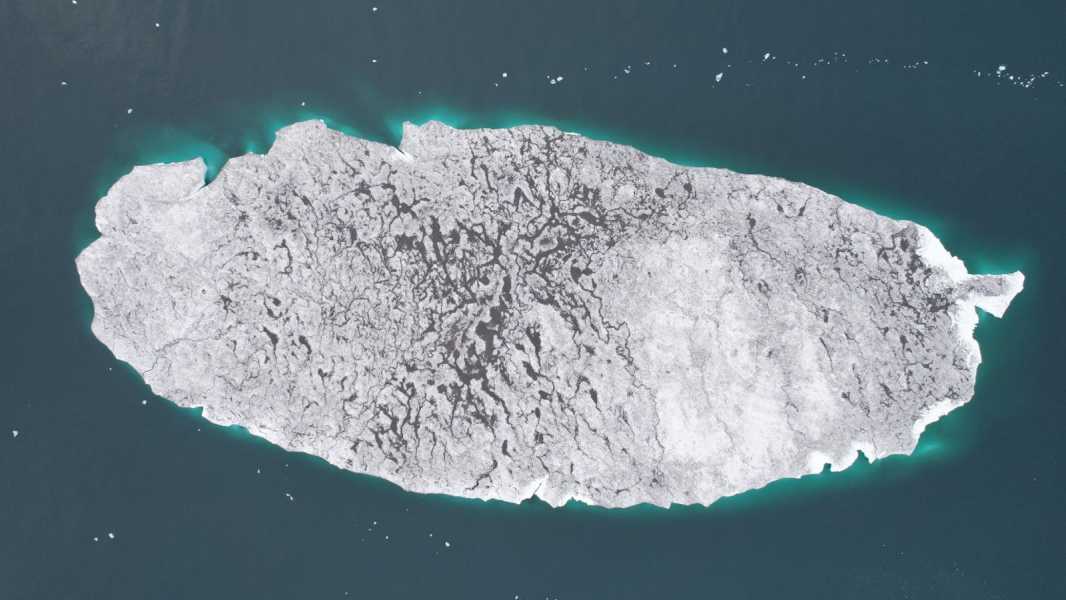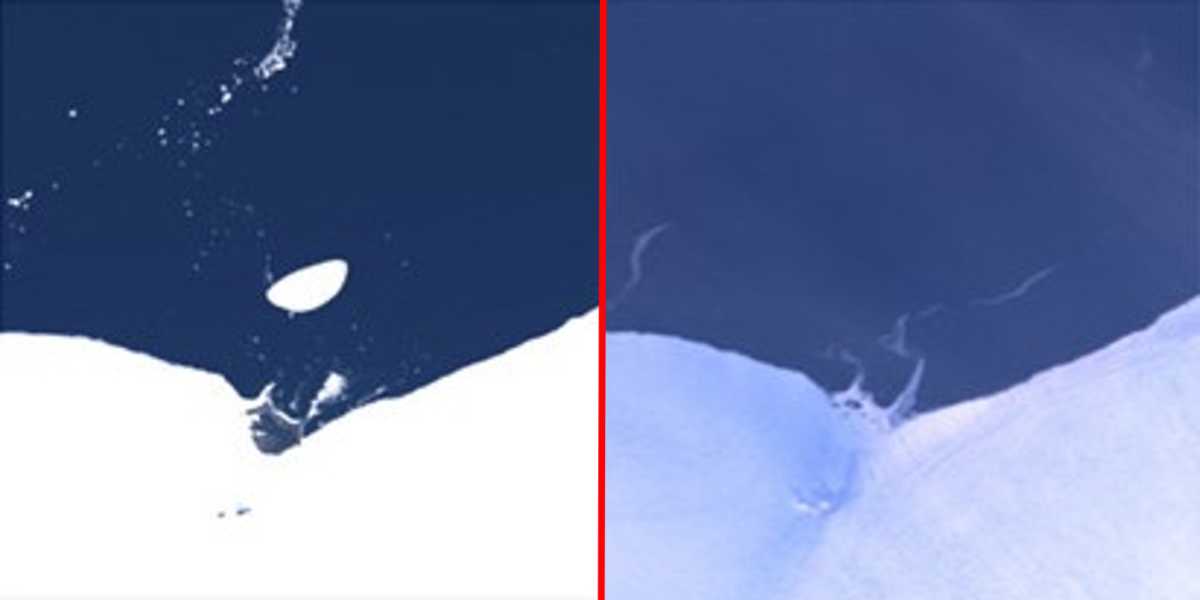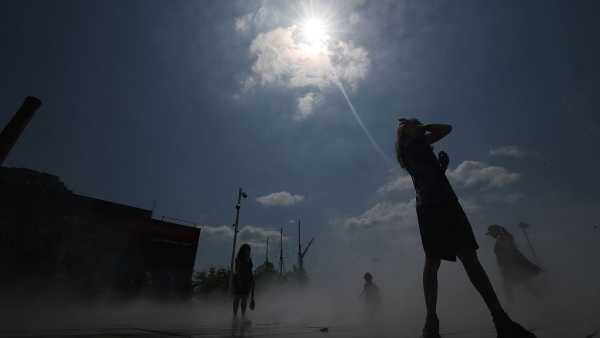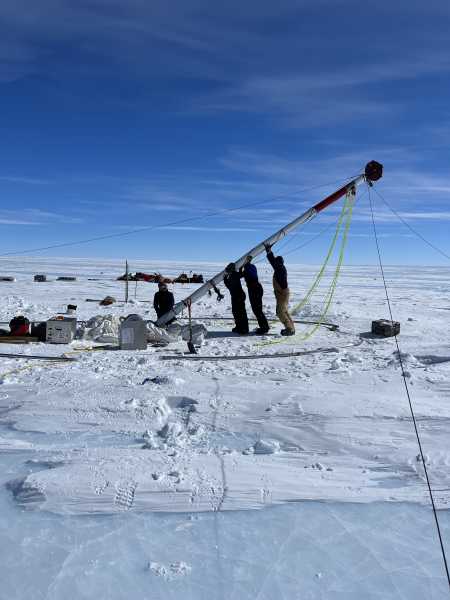
Mesyatsev Island (pictured) was a floating mass of ice dust that broke away from the larger Eva-Liv Island at some point before 1985. (Photo credit: Alexandra Barymova/Lomonosov Moscow State University Marine Research Center)
A group of school and college students discovered that a Russian Arctic island had recently disappeared after analysing satellite images of the area as part of an educational project.
Mesyatsev Island was a mass of ice and gravel off the coast of the larger Eva-Liv Island, which is part of Franz Josef Land, a Russian archipelago of more than 190 islands in the Arctic Ocean. The smaller island was essentially an iceberg and used to be an icy cape connected to its larger neighbor, but likely broke away at some point before 1985, according to a 2019 study published in Geosciences.
In 2010, Mesyatsev Island measured about 11.8 million square feet (1.1 million square meters) in area — roughly the size of 20 American football fields. But when a group of young people examined new satellite images of the island taken on Aug. 12 of this year, they found that the island had shrunk to 323,000 square feet (30,000 square meters), a 99.7 percent reduction from 14 years earlier. By Sept. 3, new images showed that the island had completely disappeared, according to a statement from the Russian Geographical Society, translated into English. The students compared the satellite images as part of the RISKSAT project, run by the Moscow Aviation Institute.
The island's disappearance is believed to be caused by rising temperatures caused by human-induced climate change, Alexey Kucheiko, a researcher at the Moscow Aviation Institute who led the RISKSAT project, said in a statement. “The island has completely melted,” he added.

Satellite images taken on August 19, 2015 (left) and September 13, 2024 (right) show the disappearance of Mesyatsev Island.
The Isle of Months has been melting since it separated from Ewa-Liv Island, but the rate at which it is disappearing has accelerated significantly over the past decade. By 2015, it was about 5.7 million square feet (530,000 square meters) in size — less than half its total area in 2010. And by 2022, it was so small that researchers stopped monitoring it, believing it would soon disappear.
So it came as a surprise that the remains of the island were still visible on satellites.
Sourse: www.livescience.com





